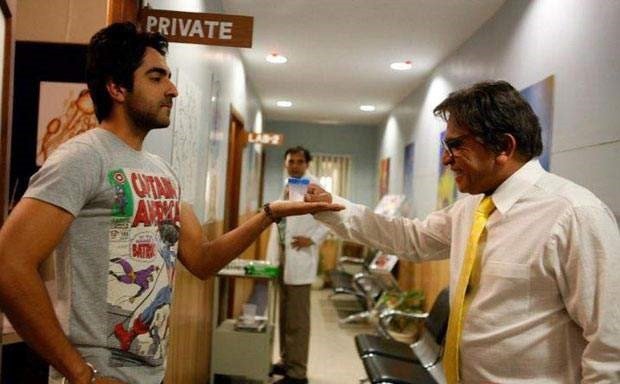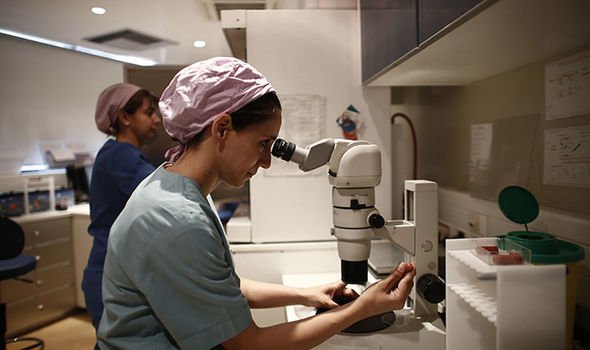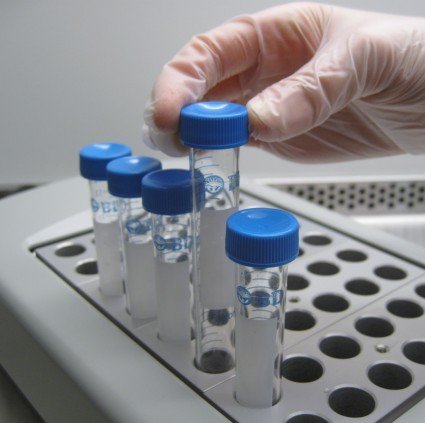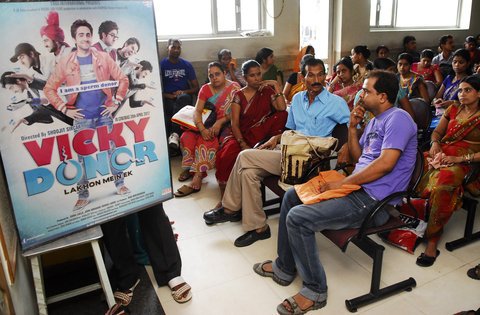Remember Vicky Donor? The 2012 hit that surprised us all? The three reasons for its success were Anshuman Khurana’s dreamy eyes (and yes, I’m counting that as two reasons), and the film’s pointedly unusual subject matter. Sperm donation in India has been hushed into a corner along with other things that we don’t particularly enjoy talking about. And while Vicky Donor helped us get the conversation started, our continuing reluctance to talk about it, makes this already sticky business far more exposed to even more stickiness.
The sperm donation industry in India – supposed to be bound by regulations and expert supervision – is, to a large extent, characterised by its disregard for the rules and possibly even exploitation of both, the recipients of the sperm, as well as the donors.

It would appear that the name of the sperm donation game is ‘quantity over quality’. Who cares about collecting the healthiest specimen when average samples end up playing the same game?
Undoubtedly, there are fertility clinics in bigger cities whose collections are expertly monitored with each sample undergoing rigorous testing before being sold to clients at premium prices. But for smaller clinics, its a whole other story – one of lower expectations as well as lower prices.
The hopeful parents coming to these clinics are looking to conceive a healthy child above all else. And therefore they may not care about the rigorous vetting and testing that getting sperm from a 6 ft. tall IIT graduate would involve. But that’s not to say the vetting and testing is unimportant.

You’d be shocked just how many underage boys see sperm donation as a way to make an easy buck. And just how many sperm banks actually allow it.
Too many sperm banks are comfortable bending the rules when collecting samples from donors. The guidelines laid out by the Indian Council of Medical Research, for ethical sample collection dictate sticking to a minimum donor age of 21 years, thoroughly checking the donor’s educational and professional qualifications, medical history, family history. They demand monitoring the donor’s current habits to eliminate possibilities of substance abuse, and keeping the donor’s identity hidden at all times.
And yes, these guidelines – especially the one about the donor’s age – are flouted more often than you’d have thought. A large number of underage boys are continually drawn by the lure of getting paid for what they see as practically no work. And at the meagre rate of ₹500 to ₹1500 per deposit, several banks around the country go ahead and allow it.

Even if you set aside the ways in which disregarding the ICMR’s guidelines endangers the health of young boys, sperm donation in India is now a market of blatant exploitation. It’s not only exploiting unassuming couples hoping to have a child using certified healthy sperm, but also putting the identities of youngsters with a less-than-adequate understanding of this very sensitive process, at risk.

Let’s fight the social stigma that clouds over sperm donation. So the easy money and illegal means that sneakily characterise this market, someday soon, no longer do.

















